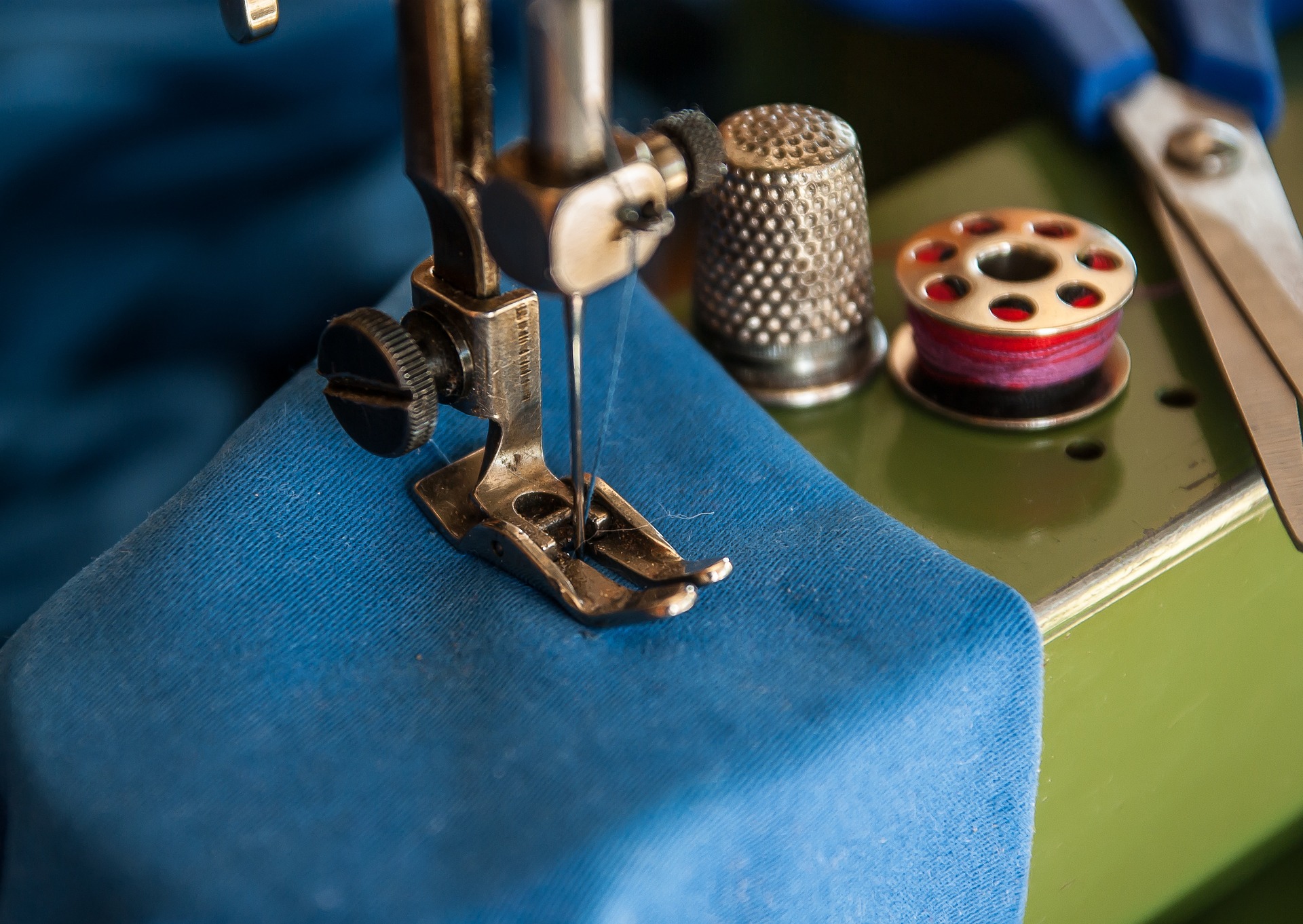Rating of the best materials for interior partitions for 2022
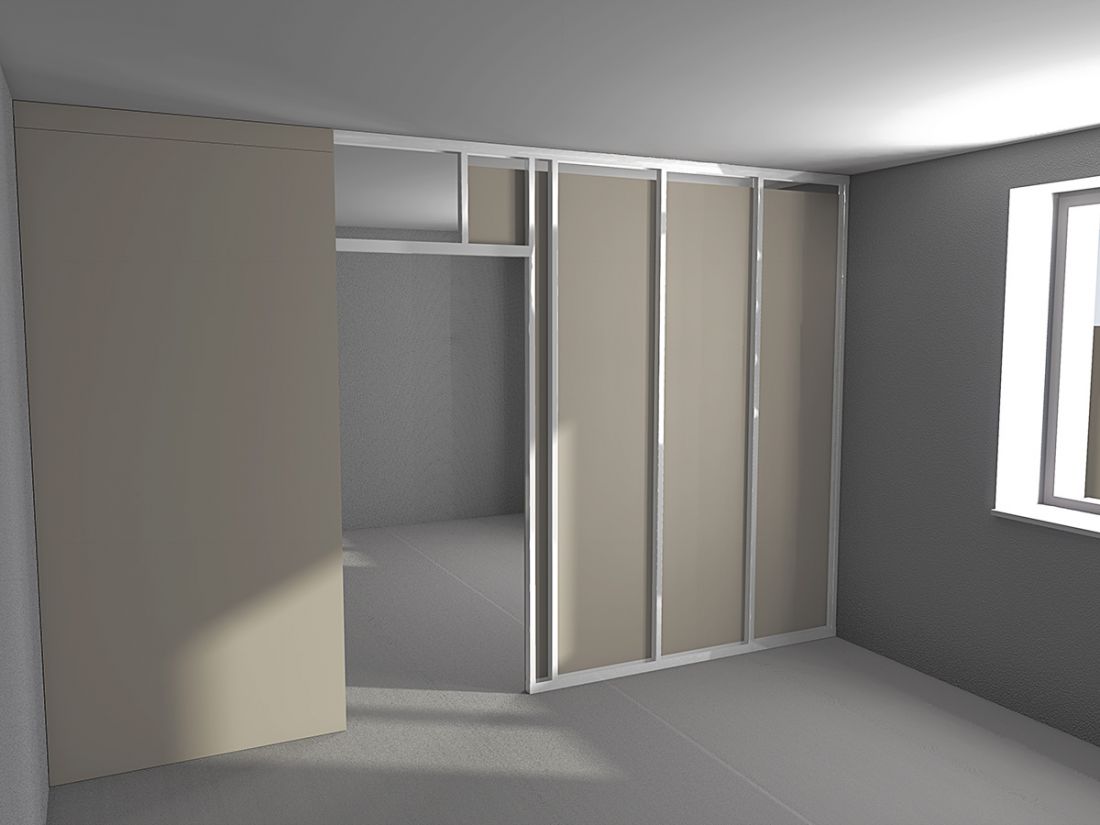
Everyone wants their home to be cozy and unique, so many owners often resort to a variety of design solutions and ways to update the interior. Room dividers are a great option for those who need to subdivide living space for a separate personal space or to enhance the overall look. A well-made partition can become not only a decoration, but also an almost full-fledged wall, behind which no noise will be heard. Currently, there are a huge number of types of housing redevelopment using interior partitions, as well as a wide variety of materials for their manufacture, so any owner will be able to choose the option that is ideal for his type. repair.
This review will tell you in detail about what types of partitions are, list their design features, placement rules, and also tell you how to choose the most successful material for their construction.
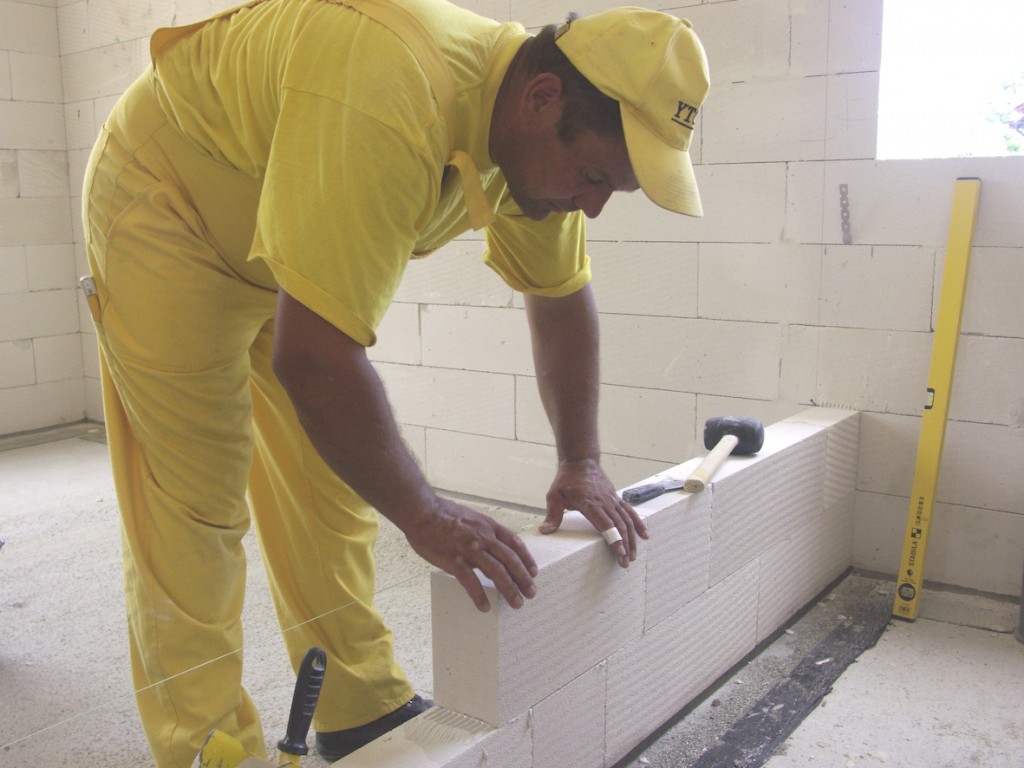
Content
Types and features of the construction of partitions
Before proceeding with the installation of the partition, it is necessary to carefully plan all the details of the upcoming repair, deal with the legal side of the issue and decide how to quickly carry out all the necessary manipulations without any special costs. First of all, you should determine the purpose of building a wall - it can be the creation of a separate area for working or playing with children, expanding the room, or a decorative technique. The choice of material for the partition depends on the intended purpose, since each of them has certain advantages and disadvantages. So, if the owner needs increased sound insulation, a frame-sheathed plasterboard partition will be an ideal option, and the thickness, weight and type of wall construction is selected individually. In addition, it is worth noting that sound insulation can be improved independently.
The thickness and weight of the partitions vary depending on the characteristics of the room and the expectations of its owner: almost all partitions are made not too massive, but strong enough. In the event that increased sound insulation is needed, the wall can be made thicker, the main thing is that the load on the new partitions does not exceed the mass of the previous ones.
The structures are of the following types: masonry, frame, sliding, sliding with a pocket, as well as mobile (portable).Each of the types can be implemented using different materials, as well as their combination.
The masonry structure is created using building blocks and bricks, during its construction, the loads on adjacent floors are taken into account to ensure safety. The partition installation process consists of reinforcement, base preparation, masonry, plinth, openings, etc.
The frame structure assumes the versatility of the created partition, it can be arranged in any form. Such models consist of metal profiles with a soundproof barrier installed in the middle and are sheathed with drywall, if necessary, additional details are added for hanging shelves and installing fixtures.
A sliding partition is the easiest to install, it does not require long installation work, however, it is also inferior to other structures in strength and soundproofing properties. Most of these partitions are made of wood and glass, which gives the environment aesthetics, but does not add comfort. Designs with a pocket (retractable door) are much thinner than all the others, this is its main advantage, but it also does not have sufficient soundproofing properties.
Mobile partitions are the most compact models, the installation of which is not coordinated with the controls. They are made from the same materials of choice as other types, they are carried from one place to another.
So, having decided on what is desired, further legal acts are studied, which describe the requirements for self-installation of additional partitions.
It is strictly forbidden to install an interior partition:
- To expand or reduce the area of \u200b\u200bthe kitchen, bathroom or bathroom, relying on the living area;
- In the case of a room with a partition above the neighbors' kitchen;
- If there is a gas stove in the future joint room;
- When transferring the kitchen to the residential part;
- If there is only one natural light source (window) in the shared room;
In addition, before the start of any redevelopment, the work scheme is agreed with the management company and an appropriate permit is obtained for construction manipulations. The company has the right to refuse to erect or relocate a wall if the partition is a load-bearing one or affects the load-bearing structures, as well as if the base strength for installation is insufficient, or if the floor is heavily loaded.
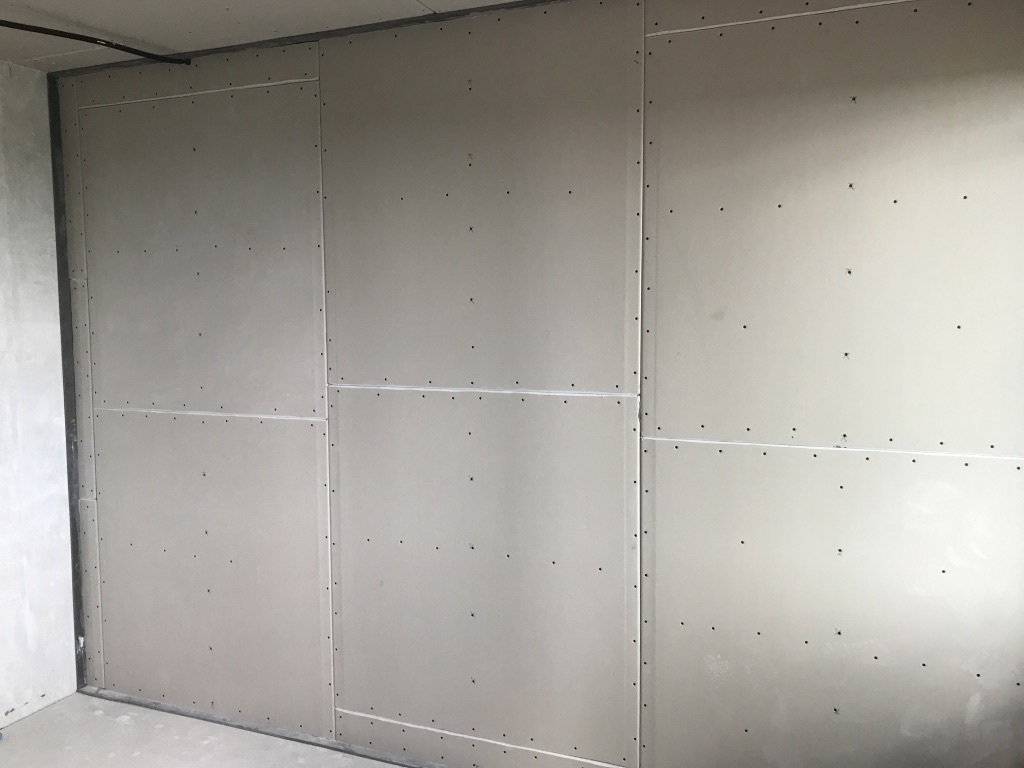
Criteria for choosing a good material
Before you start repair work and choose a design, you must carefully study all the properties, as well as the nuances in working with a particular material. You should consult with builders, friends, or ask questions about the product on the forum on the Internet, where people can give valuable recommendations and advice.
The main criteria for choosing a material for the construction of a partition include the following characteristics:
- Strength and reliability:
Any structure, and especially the wall, must be strong and reliable, firmly attached to the base (plinth), and also have sufficient mass to support attachments (shelves, lamps, etc.) If the materials for manufacturing are not chosen correctly or an incorrect layout scheme, a partition can bring a lot of problems to the owner of the premises, ranging from partial shedding and implicit defects to complete destruction.
- Soundproofing properties:
Many customers tend to make an additional wall not only for aesthetic reasons, but also for practical purposes: to provide sound insulation. The soundproofing properties of a partition are evaluated based on the audibility of ordinary, domestic noise, such as the clinking of dishes, the barking of a dog, or the crying of a child. Different materials give different degrees of insulation, depending on the requirements and capabilities of the owner, the most optimal design and finish is selected. Also, with a lack of soundproofing properties, the system can be improved independently and achieve the desired result.
- Thermal properties:
The issue of thermal conductivity is not of concern to everyone, however, you should not bypass it, because the cold design inside the room does not contribute to its heating. In this case, you should study the characteristics of a particular material, and then decide which one is best suited.
- Price:
The price plays an important role in the decision to build a partition, as the materials differ not only in their properties, but also in cost. Each owner selects a design option, masonry and material according to the size of his wallet, there are both budget types and more expensive ones, but each has its own advantages.
- Moisture resistance:
The partition must be made of high-quality waterproof materials, since when the wall is placed in a room with high humidity, after a few years fungi may form inside it or it will begin to collapse. Some laws prohibit the use of certain types of raw materials for building walls in wet areas for the safety of the owner of the house.
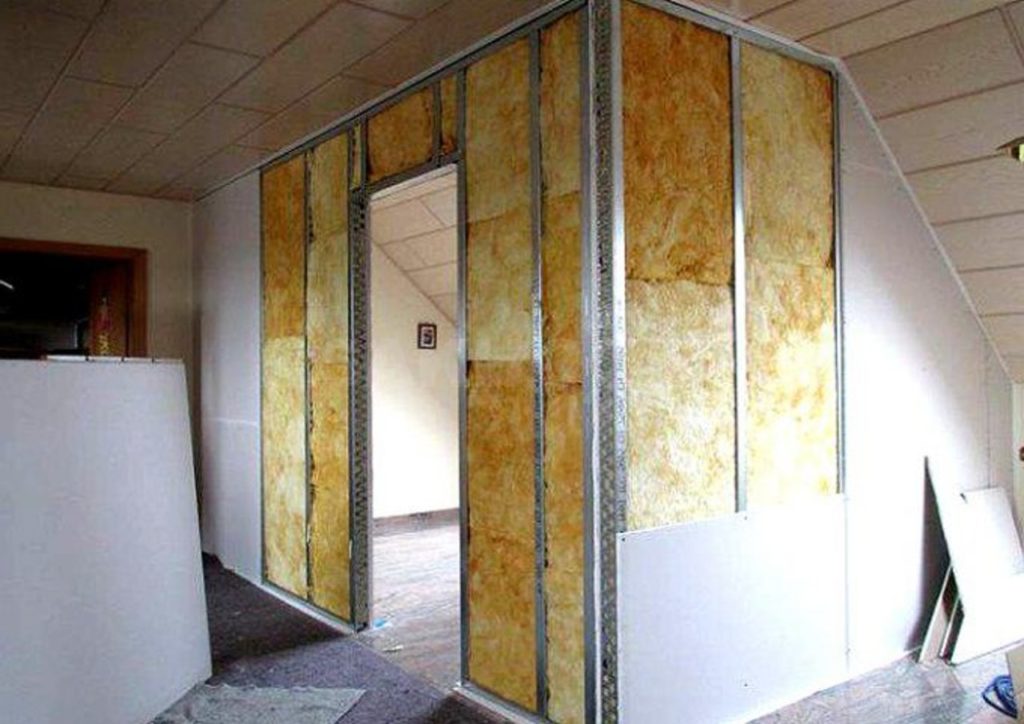
Reliable materials for interior partitions
This is a list of the most popular materials for the construction of interior partitions, which are used to create structures of varying degrees of complexity and shape. Each of them has its own advantages and disadvantages and is suitable for a certain type of room.
Brick
Brick walls are the most massive and unpretentious, they are the most durable and easier to style for any interior. The surface of the brick is rather uneven and rough, so in most cases it is necessary to resort to additional plastering. The greatest weight and load are structures made of ceramic bricks. The classic version of a brick partition involves laying half a brick, which gives good soundproofing properties, but also increases the amount of space occupied by the wall. It is worth choosing this material if the partition will stand inside a private house or on a very reliable foundation, since the high density of the stone, even if it is hollow, creates a large load on the floors of the building. Such constructions more often than others have to be coordinated with the Criminal Code. In addition, the cost of shipping and unloading the material will be significantly higher than with other options.
- Good sound insulation;
- Strength and durability;
- Creation of structures of various shapes;
- Resistant to moisture and fungus.
- Large weight and load on the floors;
- Uneven surface;
- Suitable for installation only in private homes;
- High costs for transportation and installation;
- Long installation;
- Takes up a lot of space in the room.
Gas block and foam block
These are one of the most popular materials for creating partitions.Aerated concrete blocks, unlike foam blocks, contain a lower coefficient of cement in the composition, so they are easier to process. Inside contains a porous structure that reduces moisture resistance. Foam concrete installations, respectively, are more reliable and heavier, do not have the property of vapor permeability.
Aerated concrete blocks and foam blocks weigh less compared to bricks, but are larger. That is why it is comfortable to work with them - the material is easy to cut and fit. The surface of the blocks is not perfectly smooth, you have to resort to additional plastering. The strength and reliability of a wall made of foam blocks is inferior to brick, soundproofing properties are also lower.
- Fast installation speed;
- Sufficient reliability and strength;
- Easy processing and plastering;
- Creation of both thin and thicker walls;
- fire resistance;
- Average price.
- Poor water resistance;
- Low level of sound insulation.
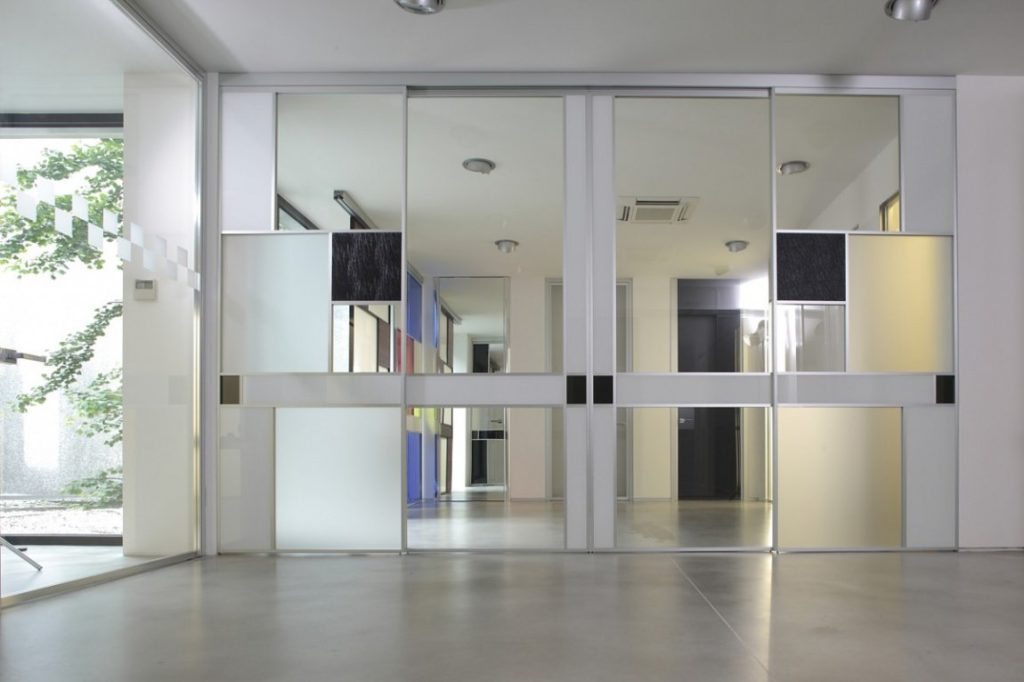
tongue-and-groove blocks
The tongue-and-groove blocks got their name because of the arrangement of ridges and recesses on the sides of the plates; they can be in the form of a rectangle or a trapezoid. This gypsum-based material has good qualities for creating decorative niches and other elements, it is strong enough, has a flat surface, and the construction is reliable. Reinforcement during work is not required. The tongue-and-groove comb is easy to process and has a small weight, so you can install partitions made of such material in almost any home. The soundproofing properties of the tongue-and-groove are approximately the same as those of foam concrete, which means the level is below average.
- Does not require additional plastering;
- Reliable construction due to the successful joining of the plates;
- Fire resistance;
- Little weight;
- Creating a beautiful decor;
- Fast erection;
- Ease of processing.
- Insufficient moisture resistance;
- Bad soundproofing.
Drywall
Drywall constructions are considered the lightest, they give the minimum load on the floors and have an almost perfectly smooth surface, which allows you not to carry out additional plastering. The use of drywall gives the owner the opportunity to make a wall of any kind and shape and carry out installation as soon as possible at an affordable price.
- Pleasant cost;
- Building a wall of any shape;
- Accommodation in premises of any type and kind;
- Smooth surface;
- Quick installation work.
- Low sound insulation;
- Poor moisture resistance.
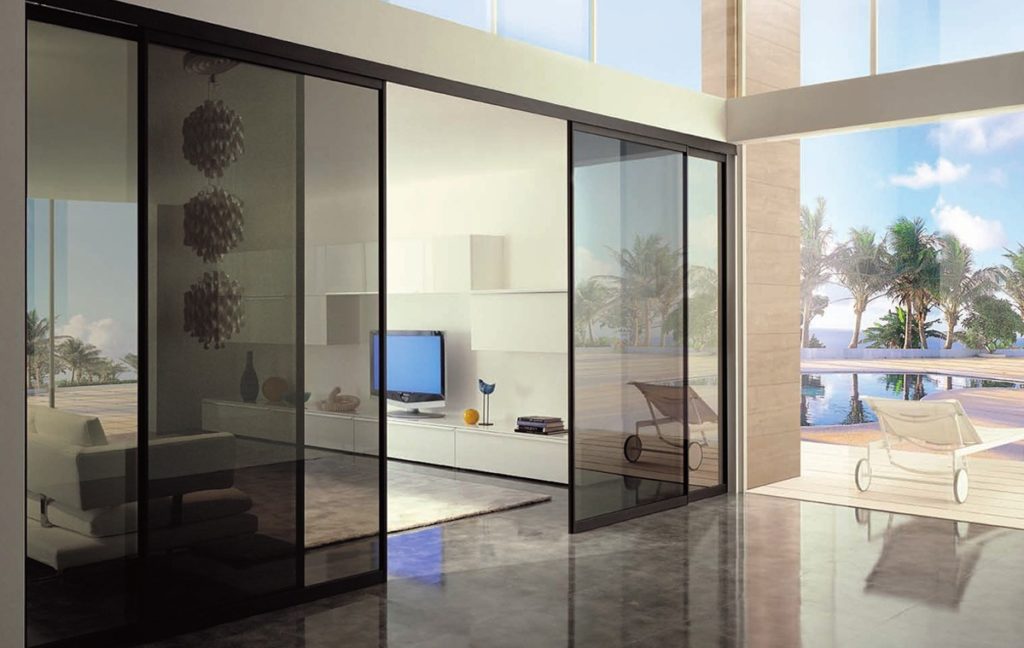
Expanded clay
Expanded clay blocks are inferior in strength to bricks by only 2 times, so they perfectly hold the structure and have an acceptable weight for installation in a normal room. They have good indicators of heat and sound insulation, and are also more resistant to moisture than the same foam and gas blocks. For laying with expanded clay, you should not make a special substrate and prepare the base of the room, it will be enough to place the partition on the base itself inside the house. In addition, there are a large number of blocks of various shapes with ideal geometry on the market, which allows you to create an individual style of the wall, and are not afraid of shrinkage.
- Good sound insulation;
- Excellent thermal conductivity;
- Different types of blocks for design;
- Relatively light weight;
- Installed without problems;
- Water resistance.
- Not found.
Glass
Glass walls are in most cases made in combination with other materials such as wood. Glass can be of different shades and colors, which gives space for the future owner to fly the imagination, glass partitions look very aesthetically pleasing, and besides, they are absolutely safe. Such a wall will not isolate noise too much, but will be an excellent conductor for light sources in the room, if there are not enough windows.
- Variety of models;
- Improved illumination;
- Acceptable cost;
- Aesthetic appearance;
- Sufficient sound insulation;
- Creation of original designs.
- Low strength.
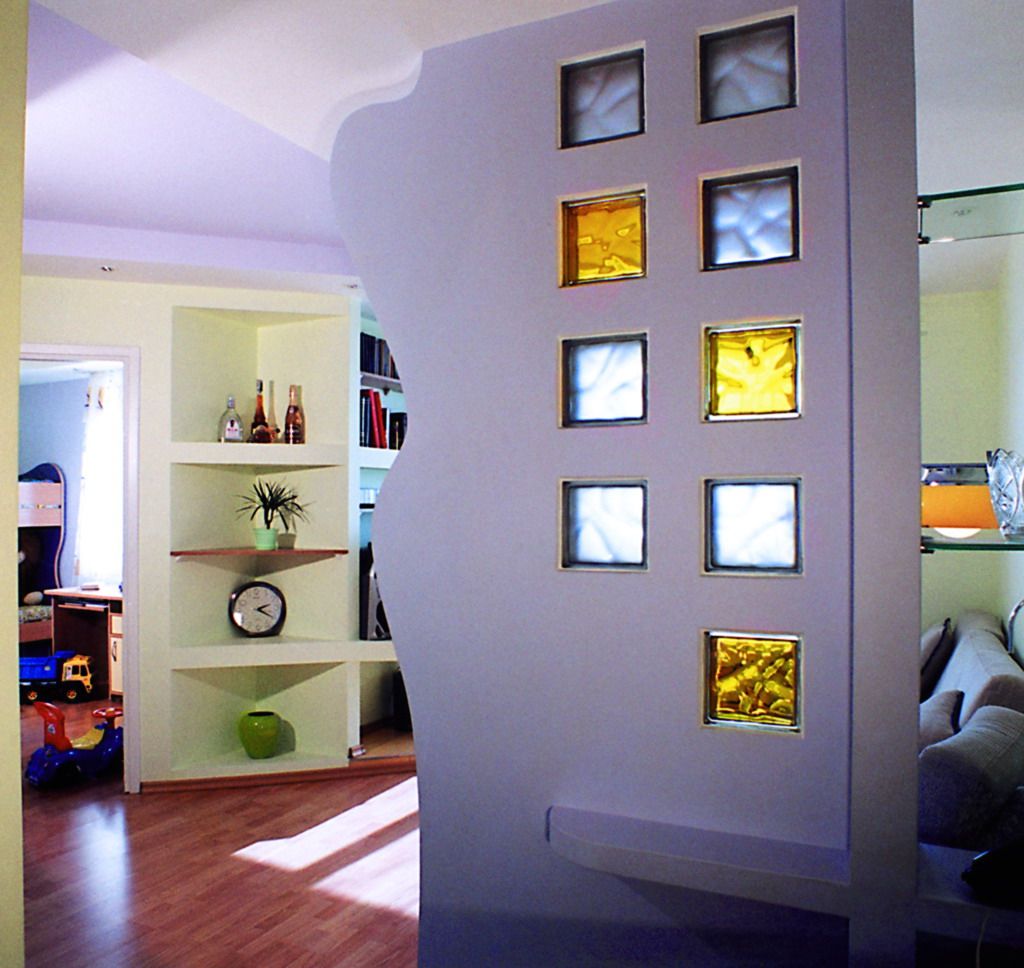
Additional Information
| Material name: | Soundproofing (1-5): | Ease of construction (1-5): | Durability (1-5): | Moisture resistance (1-5): | Accommodation in an apartment building: |
|---|---|---|---|---|---|
| Brick | 4 | 1 | 5 | 5 | Not |
| Gas block and foam block | 3 | 5 | 4 | 2 | Yes |
| tongue-and-groove blocks | 3 | 4 | 4 | 2 | Yes |
| Drywall | 2 | 5 | 2 | 2 | Yes |
| Expanded clay | 4 | 3 | 4 | 3 | Depends on layout |
| Glass/Wood | 3 | 2 | 2 | 5 | Yes |
This is a rating of the best materials for creating interior partitions, which are in demand among buyers and will help in creating a reliable and unique design, depending on personal preferences.
new entries
Categories
Useful
Popular Articles
-

Top ranking of the best and cheapest scooters up to 50cc in 2022
Views: 131666 -

Rating of the best soundproofing materials for an apartment in 2022
Views: 127704 -

Rating of cheap analogues of expensive medicines for flu and colds for 2022
Views: 124529 -

The best men's sneakers in 2022
Views: 124048 -

The Best Complex Vitamins in 2022
Views: 121952 -

Top ranking of the best smartwatches 2022 - price-quality ratio
Views: 114988 -

The best paint for gray hair - top rating 2022
Views: 113405 -

Ranking of the best wood paints for interior work in 2022
Views: 110332 -

Rating of the best spinning reels in 2022
Views: 105339 -

Ranking of the best sex dolls for men for 2022
Views: 104379 -

Ranking of the best action cameras from China in 2022
Views: 102227 -

The most effective calcium preparations for adults and children in 2022
Views: 102021

